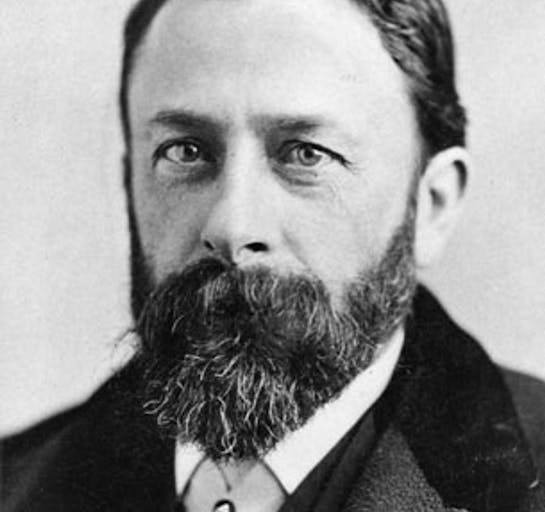Albert Bierstadt
1830-1902

Albert Bierstadt
1830-1902
Likely the most famous and financially successful late 19th-century painter of the American western landscape, Albert Bierstadt created grandiose, dramatic scenes of the Rocky Mountains and Sierra Nevadas that lured many people to visit those sites. He was also one of the first artists to use a camera to record landscape views. His oil paintings, many of them huge, were the ultimate expression of the popular 19th-century Romanticism.
Bierstadt was born in Solingen, near Dusseldorf, Germany, and sailed as a baby with his family who settled in New Bedford, Massachusetts. Unlike many of his successful peers, as a child, he showed only casual interest in and talent for art, and he had little encouragement from his family.
In 1853, he returned to Dusseldorf where he studied at the Royal Academy with landscape painters Andreas Aschenbach and Karl Friedman Lessing. During this period, he traveled extensively in Europe, especially Italy. He completed many picturesque Old World scenes in the style that later became his trademark.
In 1857, he returned to the United States and painted the White Mountains of New Hampshire, and in 1858, exhibited for the first time at the National Academy of Design in New York.
Bierstadt would soon find the subject matter that set the course of his career. He joined a western military expedition led by Colonel Frederick W. Lander to survey wagon routes in the Rocky Mountains and Wyoming. From sketches and artifacts such as buffalo hides and Indian items, he painted studio western scenes including landscapes, Indians, and wildlife in the traditional style he had learned in Europe.
A few years later he would make a second trip West was with his friend, Fitz Hugh Ludlow, whose wife Rosalie Osborne, Bierstadt would subsequently marry. While out west Bierstadt painted his famed Yosemite paintings. For Bierstadt, the Yosemite paintings were such a sensation that he became immediately famous. In 1871, he returned to California and stayed for three years, exhibiting in local galleries and with the San Francisco Art Association.
In the 1860s and 70s, he earned the highest prices ever achieved by an American painter, and the US Congress allotted $20,000 for one of his paintings. However, toward the end of the century, beginning in the 1870s, his career had major setbacks with the increasing influence of the Barbizon and Impressionist styles from Europe. Bierstadt's painting style was increasingly considered old fashioned and foolishly romantic.
On March 1, 1893, Rosalie Bierstadt died. A year later, he married Mary Hicks Stewart, widow of David Stewart, a Boston banker and father, by an earlier marriage, of Isabella Stewart Gardner, prominent art collector. Although his new wife was wealthy, Bierstadt declared bankruptcy in 1895. Seven years later, on Febraury 18, 1902, he died in New York City. He is buried beside his parents in the Rural Cemetery of New Bedford, Massachusetts.
Sources:
Gordon Hendricks, Albert Bierstadt, Painter of the American West
Michael David Zellman, 300 Years of American Art
Edan Hughes, Artists in California, 1786-1940
